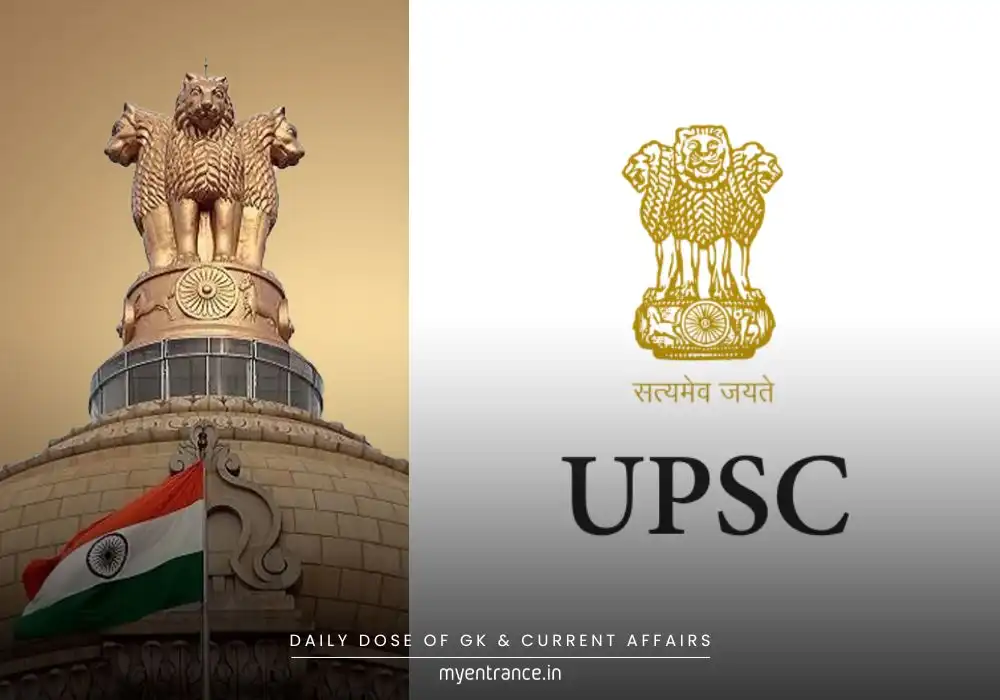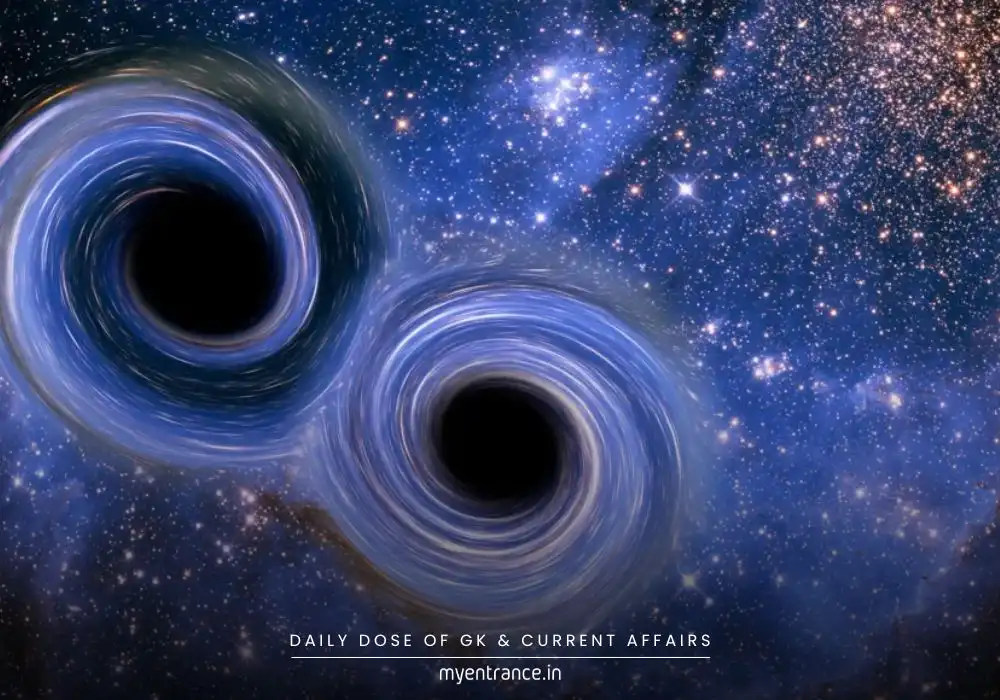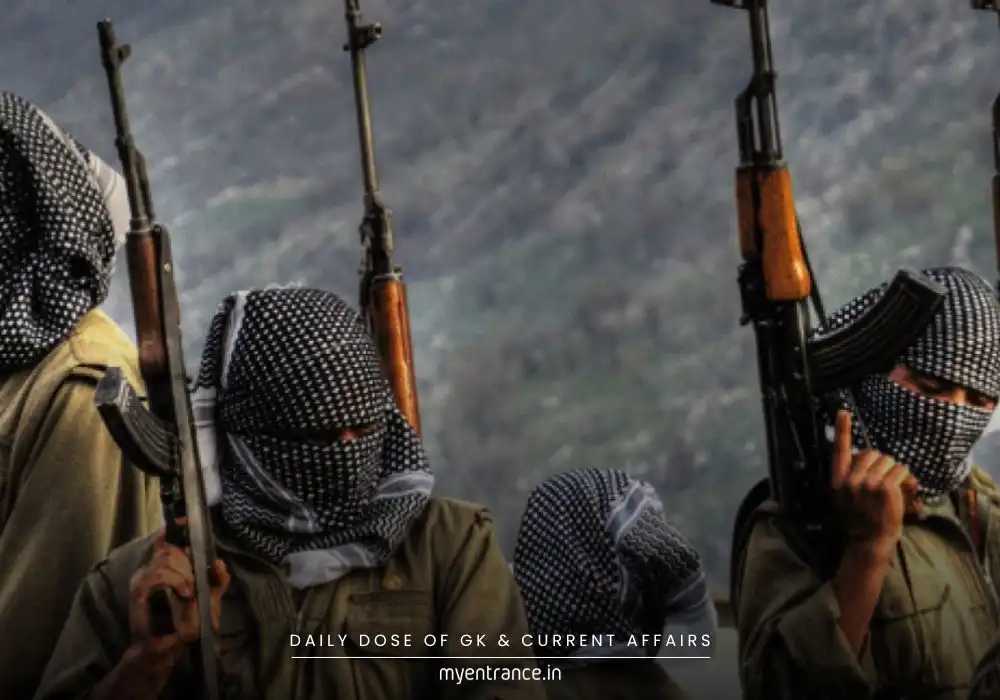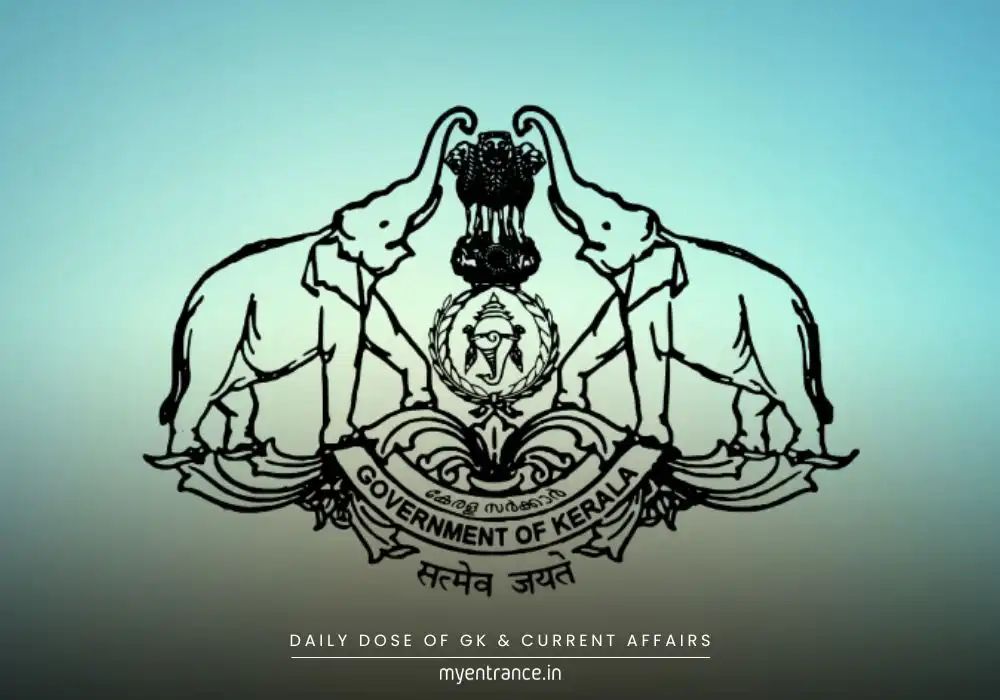Translate Language
Did India Really Target Pakistan’s Nuclear Kirana Hills? Operation Sindoor Unmasked
New satellite images suggest India may have targeted Pakistan’s Kirana Hills—a suspected nuclear facility—during Operation Sindoor in May 2025. Despite official denials, geo-intelligence evidence reveals an impact zone and hurried repairs, raising critical questions about the operation’s true scope.
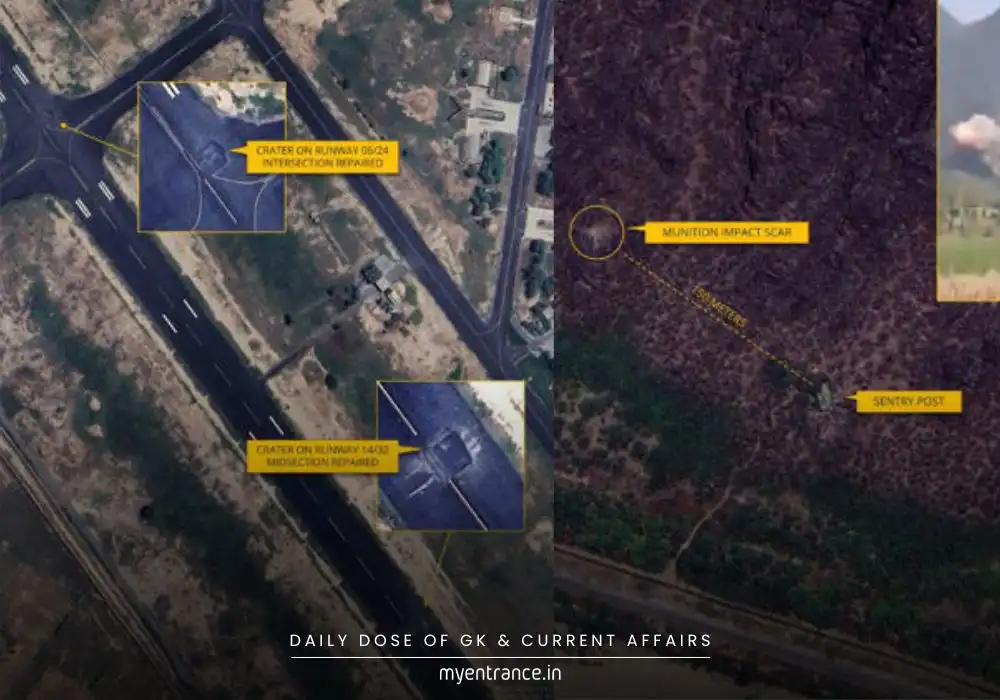
The shadow of Operation Sindoor just got longer. Recent satellite imagery, analyzed by geo-intelligence expert Damien Symon, points to a potential strike near Pakistan’s highly sensitive Kirana Hills in Sargodha—a region long rumored to house underground nuclear storage and research tunnels. These images, emerging two months after the operation, show a distinct impact zone and freshly repaired runways at the nearby Sargodha (Mushaf) airbase.
This visual evidence starkly contrasts India’s official stance. On May 12, 2025, Air Marshal AK Bharti dismissed claims of targeting Kirana Hills with a notable remark: “Thank you for informing us… We were not aware of that.” Yet, the satellite data suggests otherwise, hinting at precision strikes possibly using BrahMos missiles during the May 10th operation launched after the Pahalgam terror attack.
Interestingly, Symon clarifies the strike likely wasn’t a direct hit on nuclear infrastructure: “Neither [past nor current] imagery suggests underground impact… It must’ve been a warning attack.” The tunnels, he notes, remain undamaged. Pakistan’s silence is telling—maintaining flight restrictions around Sargodha and neither confirming nor denying the damage. This incident, alongside Symon’s earlier debunking of Pakistani claims about Adampur airbase damage, underscores the high-stakes fog of modern warfare and the vital role of satellite intelligence in uncovering truth.
Sample Questions & Answers (for Exam Prep):
Q: What was the primary trigger for Operation Sindoor?
A: The operation was launched in retaliation for the Pahalgam terror attack in Jammu & Kashmir that killed 26 civilians.
Q: What key evidence challenges India’s denial of striking Kirana Hills?
A: Satellite images revealing an impact zone near Kirana Hills and recently repaired runways at Sargodha airbase.
Q: How did Air Marshal AK Bharti respond to claims about targeting Kirana Hills?
A: He dismissed the claims, stating India was “not aware” of nuclear facilities there and denied attacking the site.
Q: What is the strategic significance of the Kirana Hills?
A: It’s a suspected hub for Pakistan’s nuclear program, with underground tunnels and storage facilities dating back to subcritical tests in the 1980s.
Q: According to Damien Symon, what was the likely intent of the Kirana Hills strike?
A: He interpreted it as a “warning attack” rather than an attempt to destroy nuclear assets, noting no damage to critical tunnels.
Why is This Important for Exams?
Current Affairs Relevance:
Questions on India-Pakistan relations, cross-border operations, and nuclear deterrence are frequent in UPSC, SSC, KAS, and State PSC exams.
Understanding satellite intelligence (like geo-intelligence analysis) aligns with science & tech sections.
Geopolitical Insight:
Tests often probe knowledge of historical flashpoints (e.g., Balakot 2019 vs. Sindoor 2025).
Debates around nuclear policy, deterrence, and escalation dynamics are key for essays and interviews.
Critical Analysis:
This case study helps analyze credibility of state narratives vs. open-source intelligence—a skill tested in GS Paper II (Governance) and ethics segments.
Defense Awareness:
Familiarity with operations (Sindoor), weapons (BrahMos), and defense infrastructure (S-400, airbases) is crucial for CAPF/CDS/NDA exams.
Get 3 Months Free Access for SSC, PSC, NIFT & NID
Boost your exam prep!
Use offer code WELCOME28 to get 3 months free subscription. Start preparing today!
